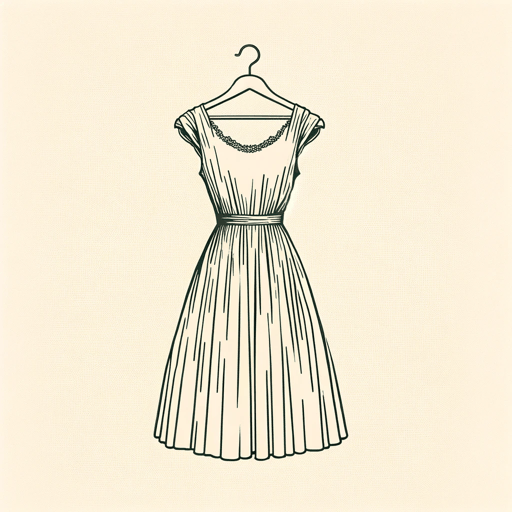24 pages • 48 minutes read
Virginia WoolfThe New Dress
Fiction | Short Story | Adult | Published in 1927A modern alternative to SparkNotes and CliffsNotes, SuperSummary offers high-quality Study Guides with detailed chapter summaries and analysis of major themes, characters, and more.
Themes
The Damage of Social Expectations on Female Identity
Virginia Woolf’s work often focuses on the complicated roles of women in modern society. Woolf suggests that many traditional views about women’s roles persisted even through the radical social changes of the early 20th century. Many Modernist writers were interested in challenging traditional expectations around gender and class. They looked at institutions that no longer served human (particularly female) interests and sought to reconfigure and challenge them. Many of Woolf’s works focused on the prejudice that women should be defined by their appearance and their relationships with men. Woolf’s development of Mabel as a protagonist who can’t enjoy one minute of a party because she is preoccupied with her dress reveals the plight, however quiet, of many women in Woolf’s time.
Modernist writers like Woolf sought to explore women as subjects rather than objects. Clothing is a central subject because it exemplifies women as objects—passive figures to be looked at and judged by their beauty rather than by their power to do things in the public sphere. A dress, then, becomes a symbol of how objectification can be oppressive. Mabel’s focus on whether her dress is acceptable is so overpowering that it paralyzes her. She is unable to take decisive action or even have a genuine conversation with any of the guests.
Related Titles
By Virginia Woolf

A Haunted House and Other Short Stories
Virginia Woolf

A Room of One's Own
Virginia Woolf

Between The Acts
Virginia Woolf
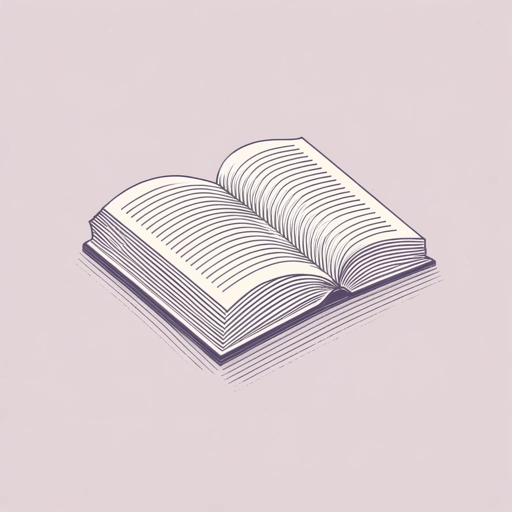
How Should One Read a Book?
Virginia Woolf

Jacob's Room
Virginia Woolf

Kew Gardens
Virginia Woolf

Modern Fiction
Virginia Woolf

Moments of Being
Virginia Woolf
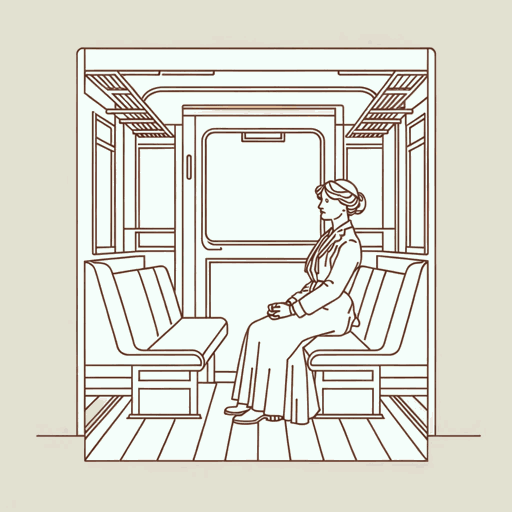
Mr. Bennett and Mrs. Brown
Virginia Woolf

Mrs. Dalloway
Virginia Woolf
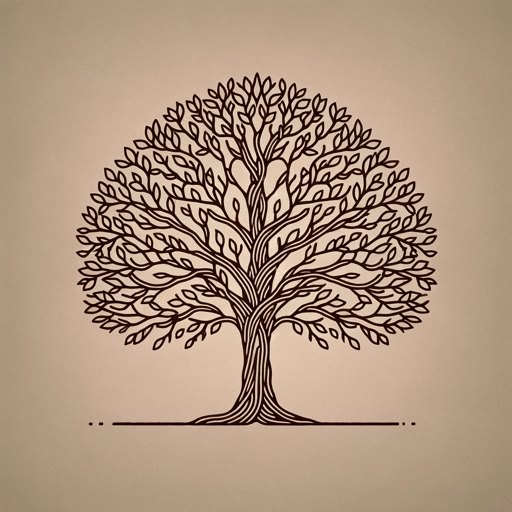
Orlando
Virginia Woolf
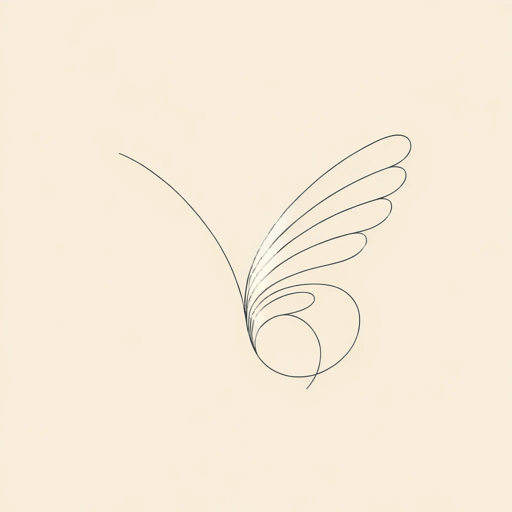
The Death of the Moth
Virginia Woolf

The Duchess and the Jeweller
Virginia Woolf
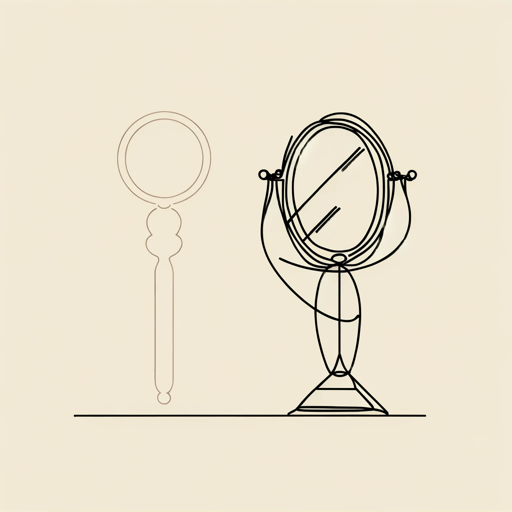
The Lady in the Looking Glass
Virginia Woolf

The Mark on the Wall
Virginia Woolf

The Voyage Out
Virginia Woolf

The Waves
Virginia Woolf
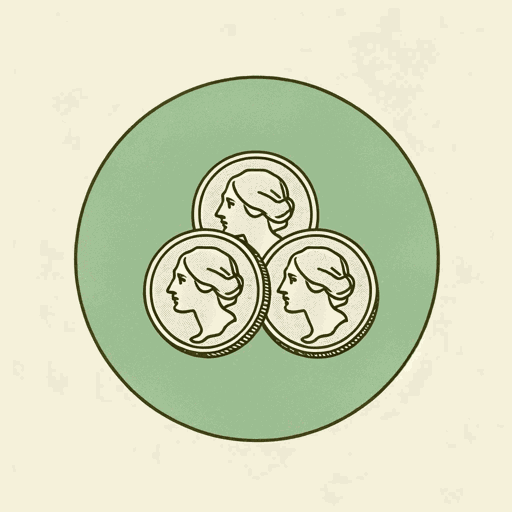
Three Guineas
Virginia Woolf

To the Lighthouse
Virginia Woolf
